Are Agile iterations a race against your product’s quality?
Let's sync the Rhythm! Book a meet now to merge speed and quality.
Agility is a primary factor in developing scalable applications. However, agile testing leaves room for errors to occur as the time frame to fix the bugs is constrained. Documentation is given less importance because of instant communications between multiple teams. New features are adapted into the applications according to the instant requirements, which may not be relevant to address the business needs. The QA team is often under a lot of pressure because of the fragility and build of the software by keeping inherited changes and updates in mind. Agility testing fails if the team lacks effective communication and resources.
Along with any lack of expertise to build and deliver effective solutions. Agile testing majorly fails due to these common reasons as below:

Agile Concurrent Testing :

Optimize Workload with Collaborative Frameworks :

Enhance satisfaction with prompt bug fixes :

Maximize Efficiency and Productivity :

Reduce Time-to-Market with Agile Concurrent Testing :
Frugal Testing values ongoing feedback from devs, stakeholders, and customers. Testing promptly addresses bugs, prioritizing agility over strategic testing. Test-first approach saves resources, enhances app quality, and speeds up testing. Expertise: Agile testing, efficient lifecycle
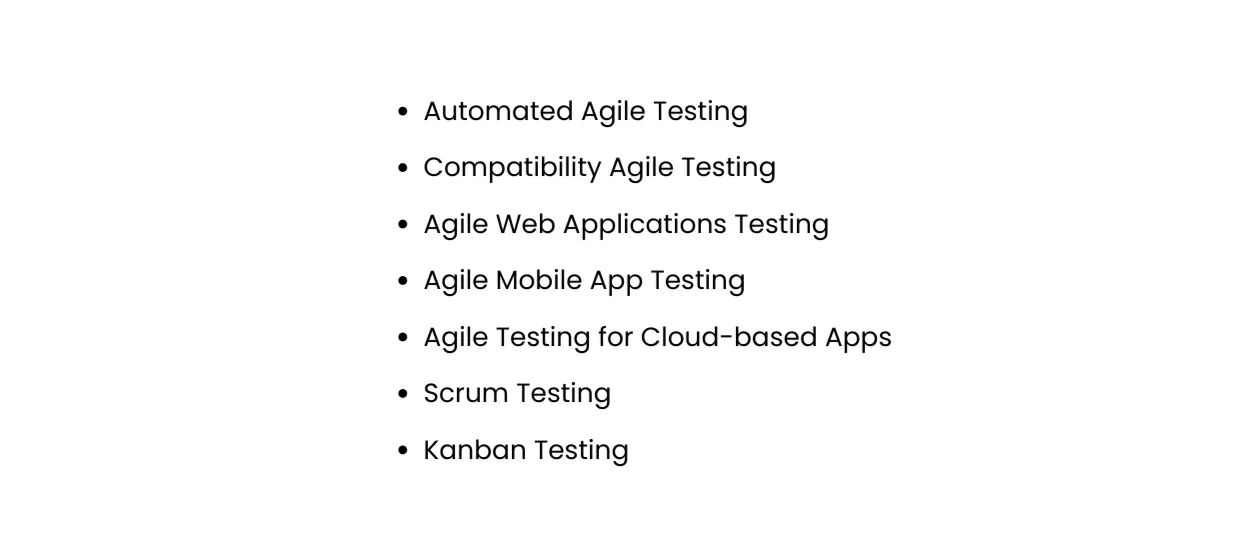
Continuous Customer Satisfaction Enhancement :
Efficient Scope and Timeline Mastery :
Collaborative Requirement Capture :
Rigorous Quality Assurance Vigilance :
Seamless Testing Empowerment with Unit Tests :
Empowering your software to perform at its best
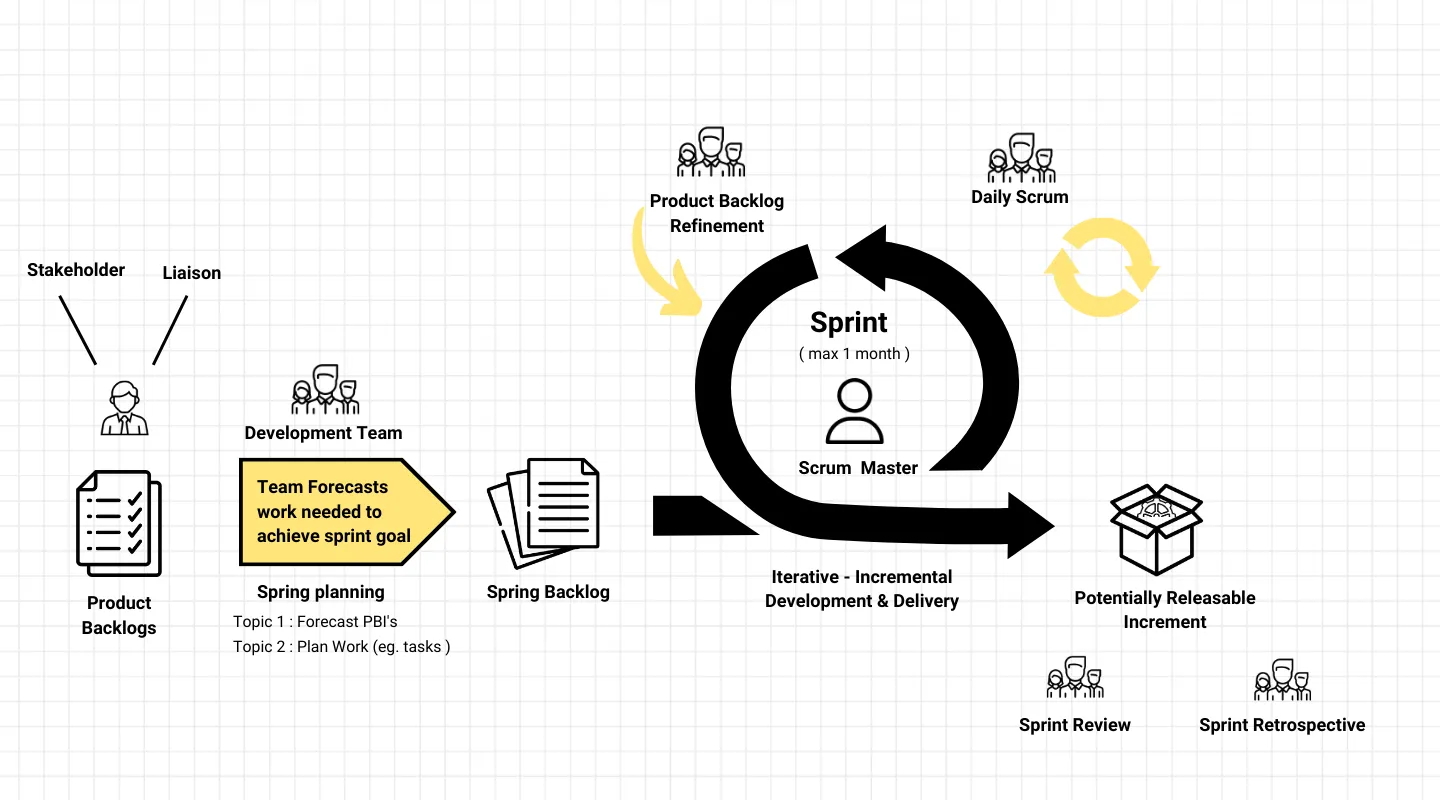
Agile test plan includes types of testing done in that iteration like test data requirements, infrastructure, test environments, and test results. Unlike the waterfall model, in an agile model, a test plan is written and updated for every release. Typical test plans in agile include
Testing Scope :
New Functionalities Testing :
Level/Types of Testing :
Load and Performance Testing :
Infrastructure Consideration :
Mitigation or Risks Plan:
Resourcing :
Deliverables and Milestones :
The agile testing quadrants separate the whole process into four Quadrants and help to understand how agile testing is performed.
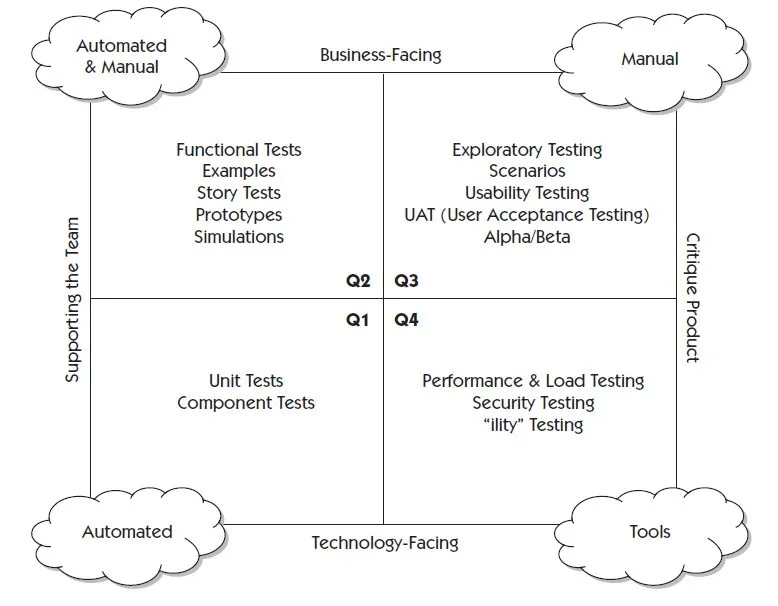
Agile Quadrant I - The internal code quality is the main focus in this quadrant, and it consists of test cases which are technology driven and are implemented to support the team, it includes
Agile Quadrant II - It contains test cases that are business driven and are implemented to support the team. This Quadrant focuses on the requirements. The kind of test performed in this phase is
Agile Quadrant III - This quadrant provides feedback to quadrants one and two. The test cases can be used as the basis to perform automation testing. In this quadrant, many rounds of iteration reviews are carried out which builds confidence in the product. The kind of testing done in this quadrant is
Agile Quadrant IV - This quadrant concentrates on the non-functional requirements such as performance, security, stability, etc. With the help of this quadrant, the application is made to deliver it's non-functional qualities and expected value.
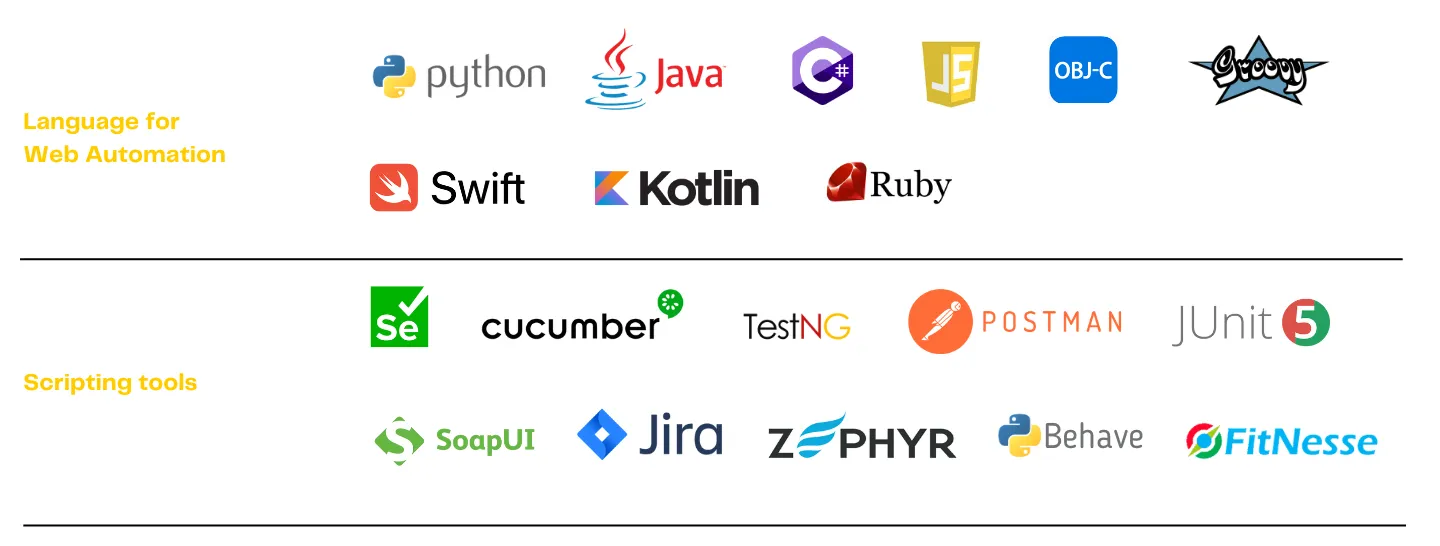
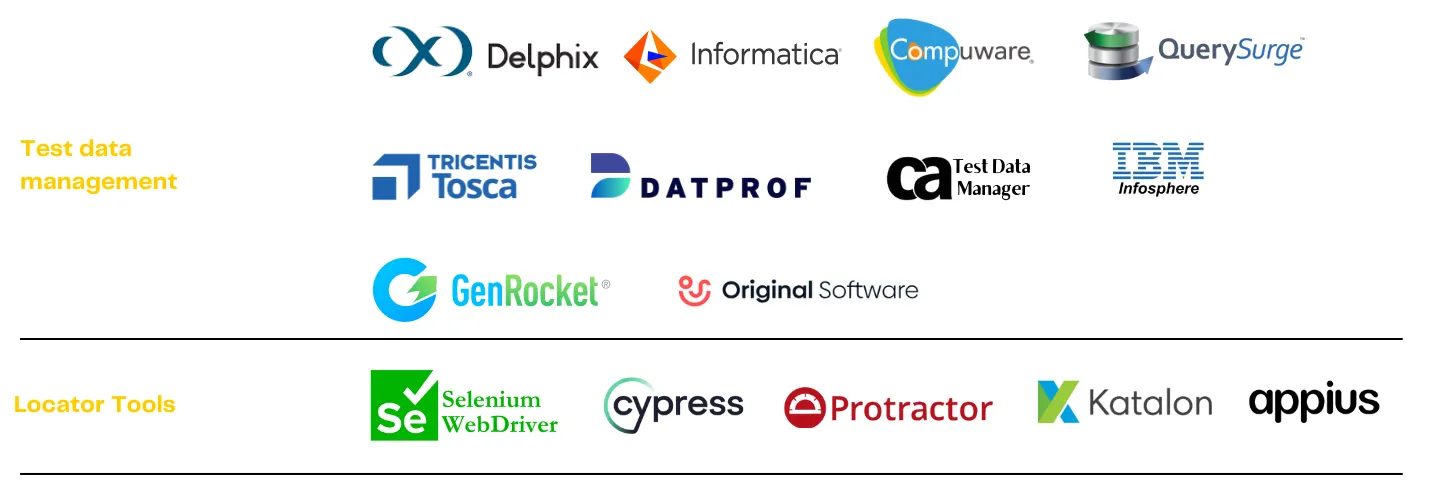







.webp)
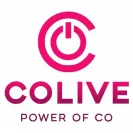


.webp)







.webp)

We're all ears and eager to discuss your testing needs!
Crafting the best testing strategy for your product starts here.